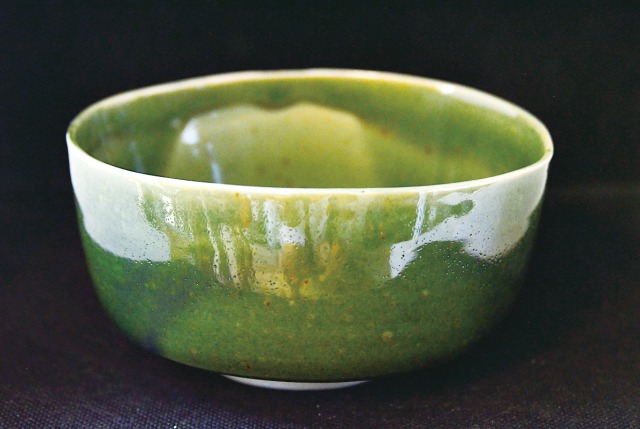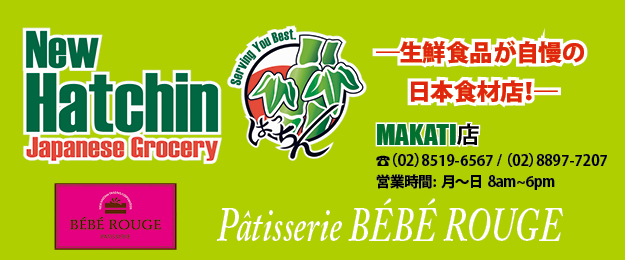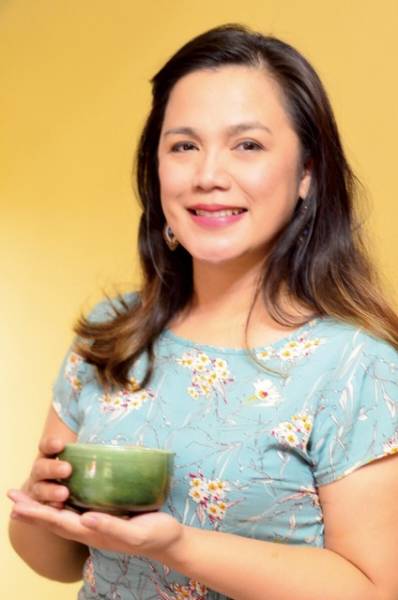
シェリル・イボン・マルティネスさん Ms. Sheryl Ebon Martinez ティーソムリエ、陶芸家。アンティケ州出身、ケソン市在住。「2018年に陶芸を始めてから、すでに数百点つくりました。主に中国の功夫茶や日本の茶の湯に使う茶碗などをつくっています」 Originally from Antique province, Ms. Martinez is a tea sommelier and ceramicist based in Quezon City. ‘Starting serious pottery in 2018, I have made hundreds of ceramic works, mainly tea wares for Chinese Gongfu tea ritual and Chanoyu Japanese tea ceremony.’
粘土から生まれる無限の創造
陶芸は自然が作り出す奇跡
陶芸を始めたのは、趣味というより実益からでした。お茶のネット販売の仕事で日本や香港、中国、台湾からカップやポットを輸入すると、壊れて届くことが多かったんです。そこで自分で作った方がいいのではと思い立ち、陶芸のワークショップに行きました。講師はフィリピンの著名陶芸家。粘土の塊から生み出される無限の創造性に魅了され、ワークショップに通い詰めました。陶芸には土、水、火、大気という自然を構成する要素がすべて含まれています。何の変哲もない粘土から数千年も存在する作品が生まれるのはまさに奇跡です。
まずは、粘土に触れてみる
私はほぼ毎日陶芸をしています。1日で15〜20個の茶碗をつくることができますが、完成までは2〜3週間を要します。半乾きの状態で成型するのに3日間、絶対乾燥させて素焼きができるまで5日間、ガラス質となるうわぐすり(釉薬)を塗って乾かすのにさらに2日間、そしてようやく温度1,280℃で本焼きとなります。
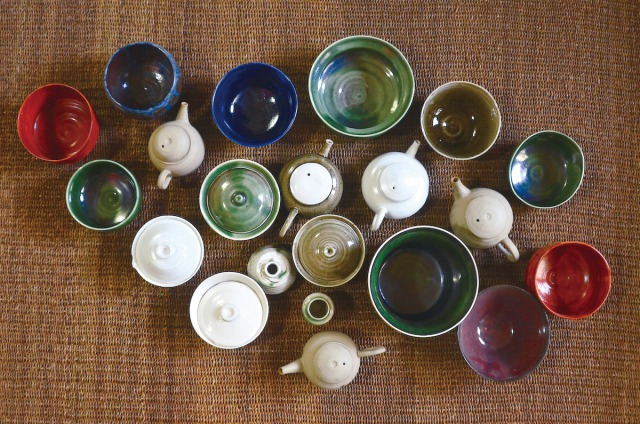
色、形、大きさもさまざまな陶芸作品。家庭でも使っているほか、2019年には茶道具作品の展示会も開催した。 Various tea wares. Ms. Martinez uses her pottery works at home. She was also part of a Tea Ware Exhibition ‘ Kissako’ in 2019.
茶道具を作る時は、数千年の伝統がある東アジアの磁器からインスピレーションを得ることが多いですね。いつか韓国の巨大な甕(かめ)やロシアでティータイムに使われるやかん、サモワールを作ってみたいとも思っています。
陶芸を始めるなら、まずワークショップに行くのがベスト。初日から粘土を使ってみることで、陶芸を続けるかどうかを考えるいい機会になります。陶芸を学ぶには、まず実際にやってみること。基本が大切なので、熟練者に習うことを勧めます。
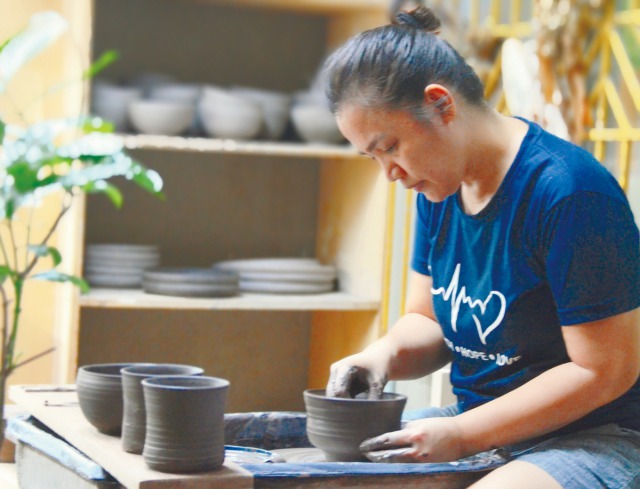
自分のろくろとガス窯で制作するマルティネスさん。 「陶器用の粘土は主にケソン市クバオのセントラルセラミックセンターで買い、磁器用には愛知県瀬戸市の粘土を使います」 Ms. Martinez makes pottery with her own kick wheel and gas kiln. ‘I use stoneware clay from Central Ceramics Center, Cubao, Quezon City, and porcelain clay from Seto City, Aichi, Japan.’
Clay Produces Infinite Creativity
Pottery is a Miracle Made by Nature
The reason why I started pottery was originally pragmatic. I used to import tea wares from Japan, Hong Kong, China, and Taiwan for my online teashop and I realized the breakage rate was so high that I thought it’s better to make them myself. So I went to pottery workshops; the first one was at the Univ. of the Philippines Ceramics Studio, plus I also learned from local masters like Jon & Tessy Pettyjohn, Joey de Castro and Pablo Capati.
All of nature’s basic elements are present in pottery making: soil or earth, water, fire and air. It’s a miracle that a humble lump of clay can turn into pottery that outlives us for thousands of years.
Start with Kneading Clay
I make pottery almost every day. I can make 15- 20 bowls and cups a day, but it takes 2- 3 weeks to complete the whole process. It takes at least 3 days for a pot to get to the leather hard stage to trim it into the final form. Then another 5 days to fully reach the bone-dry stage where you can bisque-fire it. Two days later it can be glazed, and let it dry before you can glaze-fire it to 1,280 degrees Celsius.
My tea ware works are inspired by the East Asian tradition of tea drinking and ceramics. In the future, I would like to try to make a huge Korean onggi jars to store tea leaves and a Samovar tea maker used in Russia.
If you want to start pottery, I think going to a workshop is the best way to learn it. Getting familiar with the clay from the day one will give you a better notion if you want to pursue it or not. Learning pottery is simply doing it. The basics are also important so you learn from those who know the craft.
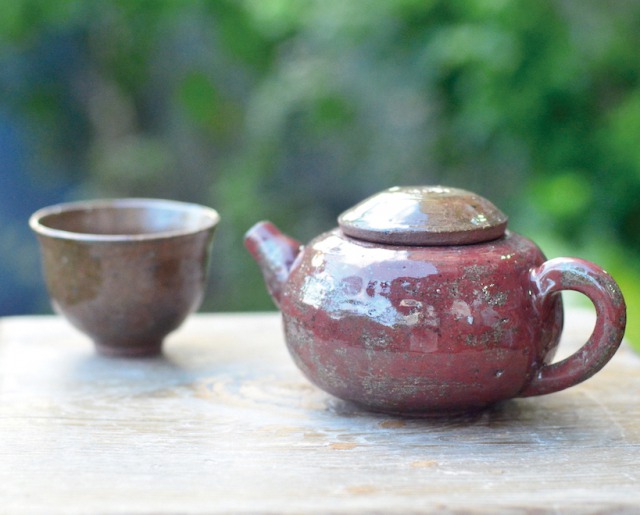
素焼き用と陶器用粘土を混ぜて作った志野焼のティーセット。Solo tea set in Shino glaze made from a mix terracotta and stoneware clay
Photos courtesy of Ms. Sheryl Ebon Martinez









